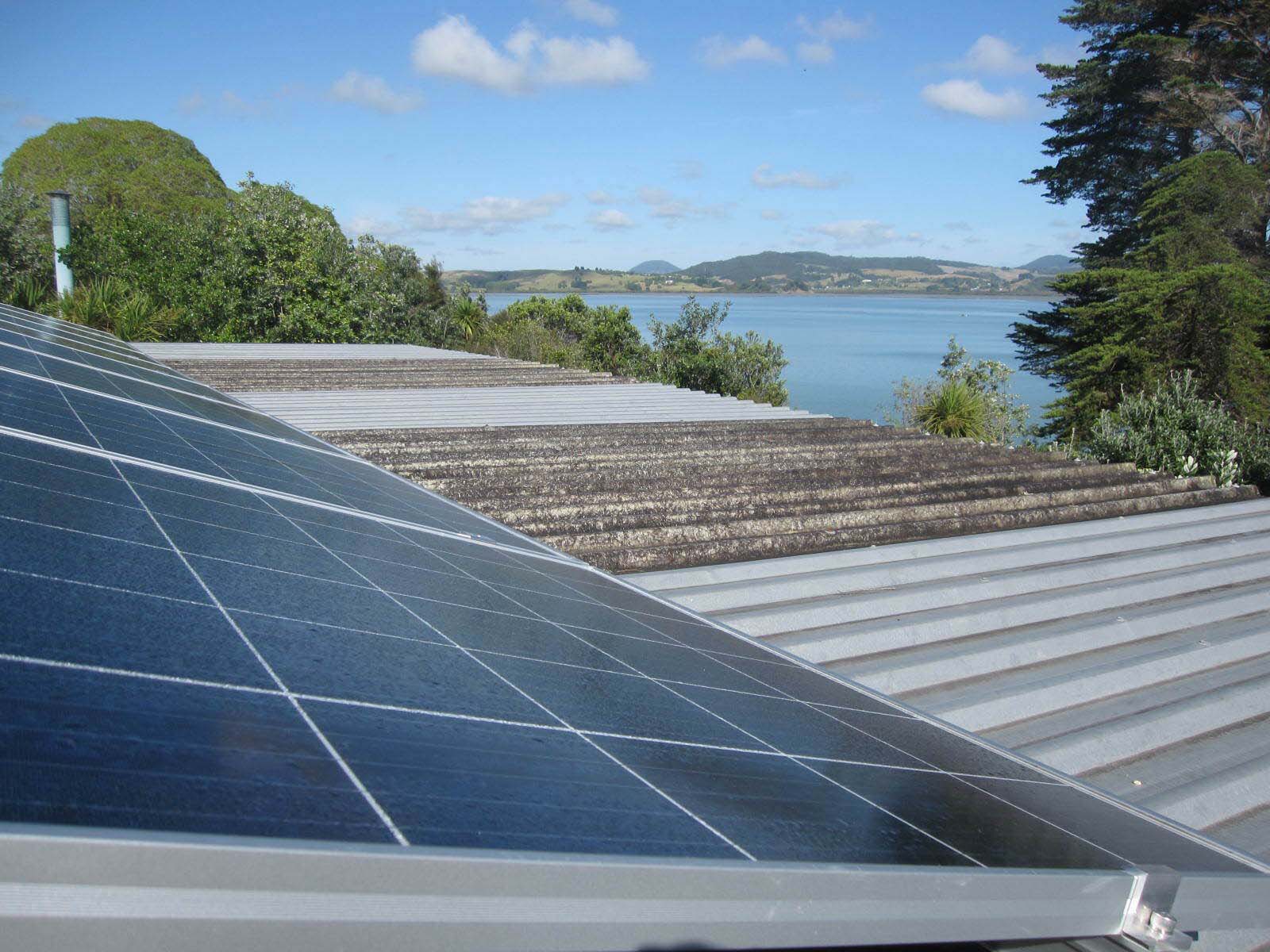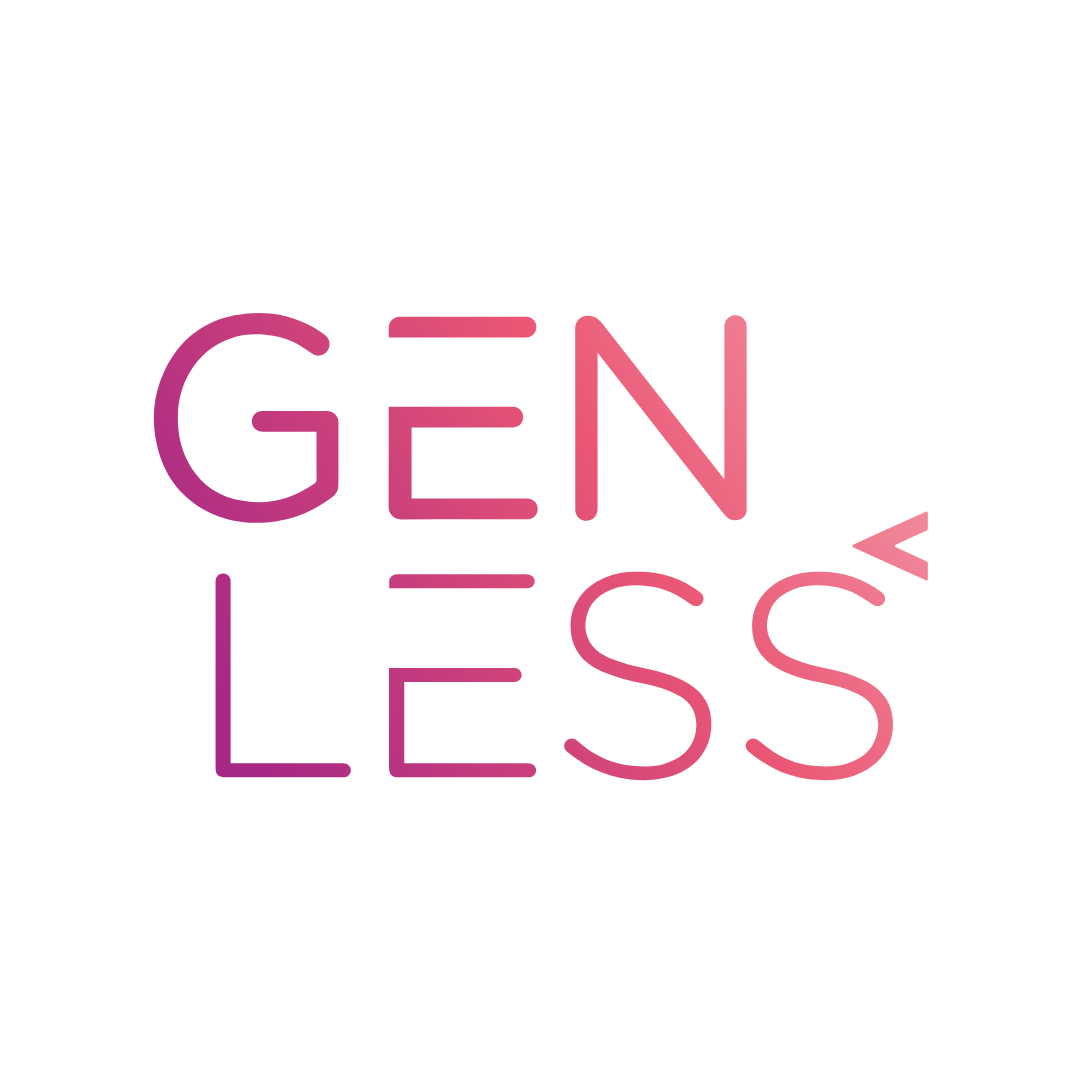Solar power
Things to know about getting solar power installed
Solar panels are becoming a popular option to generate some, or all your own electricity needs.
Here we provide some things you need to consider when having solar installed at your home or business.

What is solar power?
A solar photovoltaic (PV) panel is made up of several connected solar cells. These panels absorb sunlight and the silicon and conductors in the panel convert this light into DC (direct current) electricity.
From there, the electricity flows into an inverter, which converts the DC electricity into AC (alternating current) electricity for use in your home.
Connecting back to the grid
Solar PV systems can be installed ‘grid-connected’, which means they will still have a connection to the local electricity network.
Connection to the Northpower network will let you use power supplied through our network and your energy retailer when your system is not operating or producing enough energy for your electricity needs (the load).
Network connected systems allow excess generation to be sold (‘exported’) back to the national grid. Off-grid systems are stand-alone and generally require battery storage so that power can be used when the solar panels are not generating.
Do your research
Before you invest in solar, we recommend you do some research to make sure you get the right system for you. You need to consider things like:
- your roof type, age, shape, size and direction, and if there is any shading over it
- how you use electricity and if this could change (ie. do you mostly use power during the day, or at night)
- the types of panels and inverters (string or micro) that will work best for you
- how big your system should be to meet your load demand
- which solar installer to use and if they can provide any follow up service or warranties
Ideally a new solar system is bespoke and unique to your home or business. It needs to be designed specifically for your needs, now and into the future. Your installer should comprehensively work through all of this with you.
Check out our need to know guide about solar power for more detailed information.
Before you begin
Connecting your generated power to the grid is known as distributed generation.
If you intend to connect to the grid, you need to let us know. We look at new distributed generation connections on a case-by-case basis to make sure there is enough capacity in your area.
Once you have:
- your design outlining electricity capacity, energy production and electrical system specifications
- you’ve contacted your energy retailer to discuss your proposal and complete any commercial arrangements they require
Please complete our application form as soon as possible. This is often done by the PV provider as it requires details of the technical information of the system.
Using solar power
It’s important to consider how to make the most of your solar generation.
If you don’t intend to invest in a battery system, try and use as much of the electricity generated during the day when it’s sunny, rather than export it back to the grid and need to import electricity when the solar isn’t generating.
The cost of buying/importing electricity from a retailer is much higher than what you will be paid for any energy that you export/sell.
Consider using smart load control devices, solar hot water diverters (or timers) or delayed start functions on dishwashers, washing machines and dryers to set appliances to use electricity while it’s being generated.
You could invest in a monitoring device which provides real time feedback on solar generation and consumption, so you know exactly how much is being generated and used or sold back to the grid.
Solar frequently asked questions (FAQs)
If you connect to the grid, you’ll still get a power bill from your power retailer. It will include a standard daily lines charge, and charges based on the amount of power you draw from the grid.
How much you save on your electricity bill will depend on the size of the solar system installed, how you use your power while it is being generated, and whether you have batteries installed.
Yes. Anyone on a grid-connected solar system needs an import/export meter installed, as this is a requirement of the NZ Electricity Industry Code.
This records electricity imported from the grid and electricity exported back to the grid. Your energy retailer owns the meter.
The export price per kWh varies per retailer. We suggest comparing retailers to find the best price. The export price is generally less than the import price.
Yes, but you’ll need battery storage.
To run a home completely by solar and off the grid, you’ll need the right sized system to meet your energy usage needs, and a battery to store power to use when the solar panels are not generating, including long periods of cloudy weather.
Solar panels last approximately 25 years. It’s important to understand that solar panels degrade over time, so produce slightly less energy each year.
Under a 25-year warranty, most manufacturers expect their solar panels to generate at 80% of their original capacity at the 25-year mark.
The inverters connected to the solar panels have different lifespans depending on type. String inverters generally have a life expectancy of around 12-15 years, while micro-inverters and DC optimisers have alife expectancy of 20-25 years.
Three things influence the batteries’ life expectancy:
- how much it is used
- the type of battery and
- its operating environment
Battery storage capacity becomes less efficient over time. Most current lithium-ion batteries come with a 10-year performance warranty.
Solar panels can currently be recycled at the end of their life, through either re-use, mechanical recycling, or chemical recycling.
Ideally, you want your panels to be generating every time it’s sunny, especially if you are using the power as it’s generating. Solar panels work best with direct sunlight.
For battery storage, the best-case scenario is four to five hours of direct sunlight per day to generate enough to charge the battery.
Solar panels will still generate electricity when it is cloudy but not as efficiently.

Check out the ECCA website for more helpful advice
The EECA Gen Less website also provides details on the different technologies available, how they work, along with financial considerations.
EECA Gen Less website